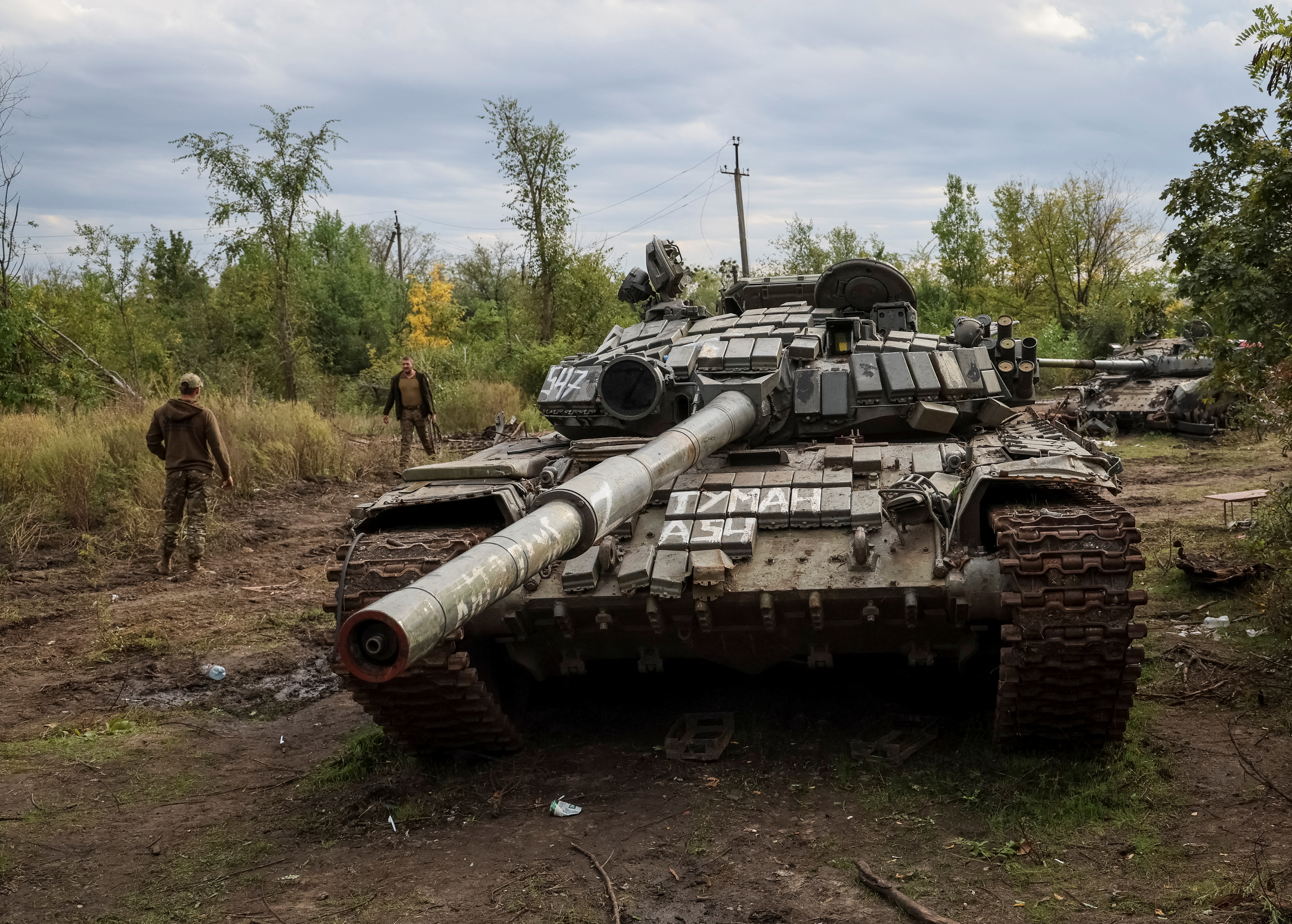That's true, but the Commander in Chief can decide if the Military is deployed to help defend an allied country.

That's true, but the Commander in Chief can decide if the Military is deployed to help defend an allied country.


 www.ft.com
www.ft.com




Russian landing ship Caesar Kunikov sunk off Crimea, says Ukraine
The landing ship Caesar Kunikov is hit in the Black Sea, according to Ukraine's armed forces.www.bbc.com
Cool